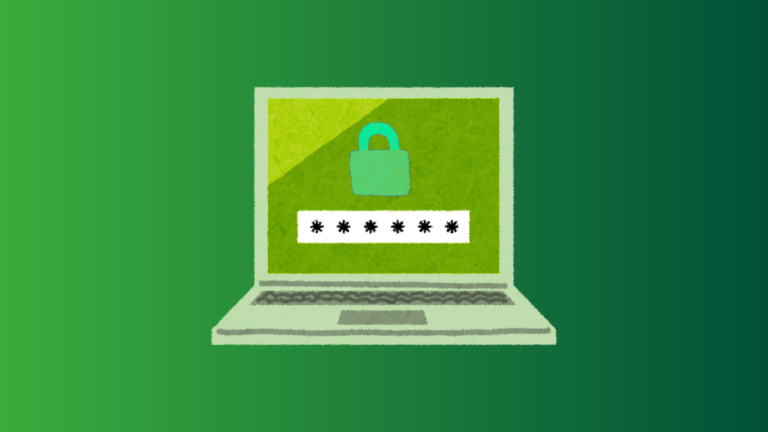Pricing an online course isn’t just about setting a number—it’s about balancing value, accessibility, and sustainability. For SaaS companies, training providers, or individual educators, the right pricing strategy can make the difference between slow adoption and steady growth.
In this blog, we’ll explore the most common pricing models for courses in an LMS, key steps to determine the right price, and best practices to maximize value.
Popular LMS Course Pricing Models
When deciding how to price your courses, consider one of these proven models:
1. Pay Per Course
Charge a one-time fee for each course. This works best for specialized training or self-paced content where learners want focused outcomes.
2. Tiered Access
Offer different access levels—such as basic, premium, or enterprise. Each tier unlocks more features, advanced courses, or extra support. This appeals to both budget-conscious learners and premium customers.
3. Subscription or Recurring Fee
Charge learners on a monthly or yearly basis for continuous access to your academy. Subscriptions boost retention and create predictable revenue streams.
4. Pay-As-You-Go
Let users pay only when they engage. This model is ideal for organizations or individuals with fluctuating needs, offering flexibility and cost control.
5. Group Licenses
Provide access to teams or companies for a flat rate. Perfect for corporate training, institutions, or bulk enrollments.
Steps to Set Your Course Price
Finding the right price isn’t guesswork—it’s strategy. Here’s how to approach it:
- Assess Course Value: Align pricing with the uniqueness, depth, and outcomes of your training. A course that leads to certifications or job-ready skills can command higher fees.
- Analyze Your Audience: Consider what learners in your target region or industry can realistically pay.
- Research Competitors: Look at how similar courses are priced to stay competitive while highlighting your unique edge.
- Start Flexible: Begin with a basic tier and add premium packages or advanced features later.
- Use Discounts: Early-bird offers, coupons, or limited-time promotions can increase sign-ups and test price sensitivity.
- Leverage Analytics: Use LMS reporting to track popular courses and adjust pricing based on learner behavior and demand.
Common Pricing Ranges
Here’s a quick reference for typical ranges in 2025:
| Pricing Model | Typical Range (per user) | Best For |
| Pay per course | ₹250–₹4000 | Academies, specialty/self-paced content |
| Subscription | ₹250/mo – ₹1000/mo | Cohorts, ongoing programs, alumni access |
| Tiered/Group access | ₹15,000/50 users/yr | Companies, training consultancies, schools |
| Pay as you go | ₹100–₹300 per use | Sporadic or project-based learning |
Best Practices for Maximizing Value
- Highlight outcomes: Certificates, job-ready skills, or mastery justify higher pricing.
- Offer free trials: Let learners preview value before committing.
- Use regional pricing: Adapt pricing and payment gateways for global accessibility.
- Review feedback often: Keep pricing aligned with learner demand and perceived value.
Final Word
The right course pricing model depends on your learners, organization size, and growth goals. Starting flexible and refining with analytics ensures sustainable success.



